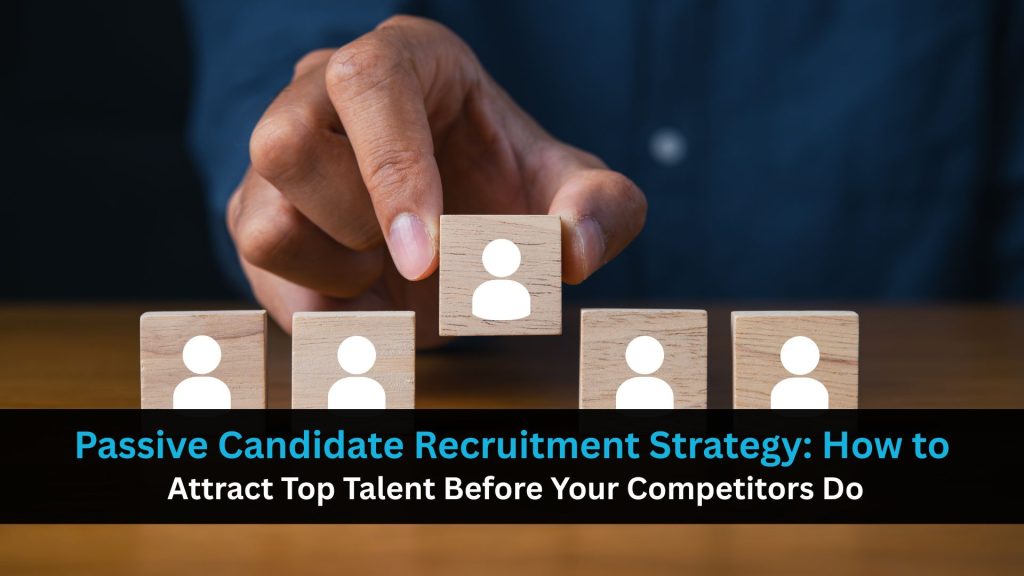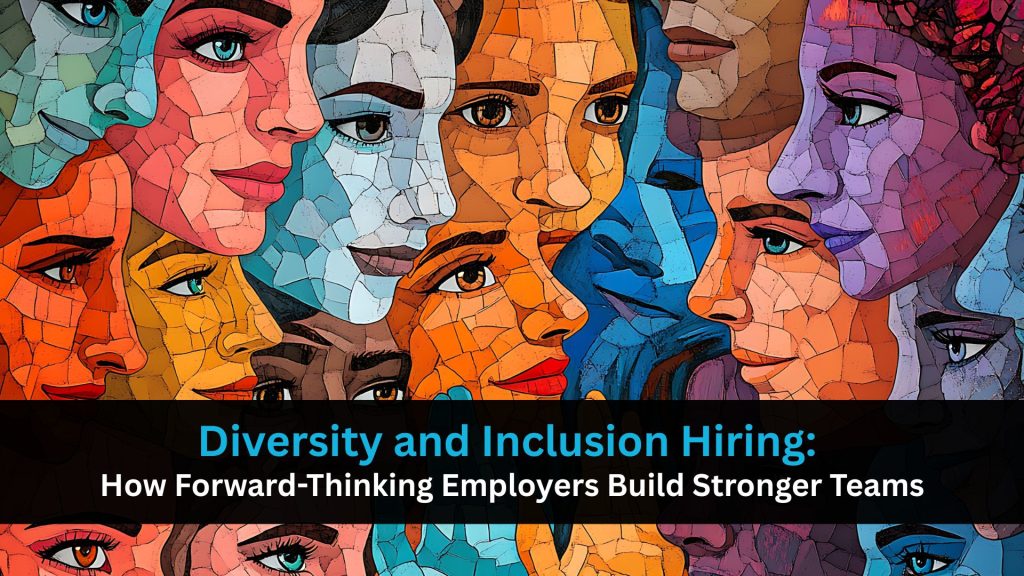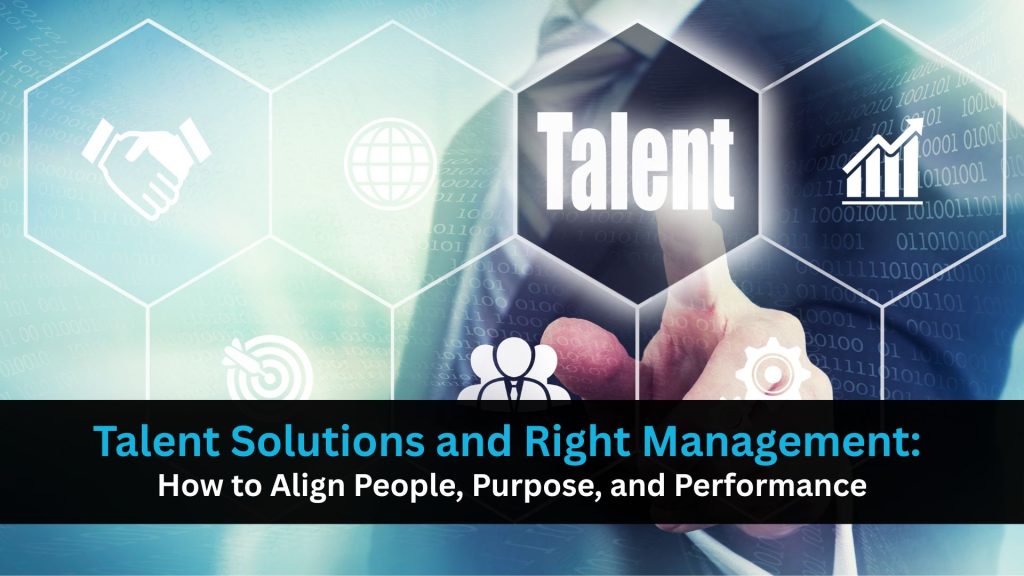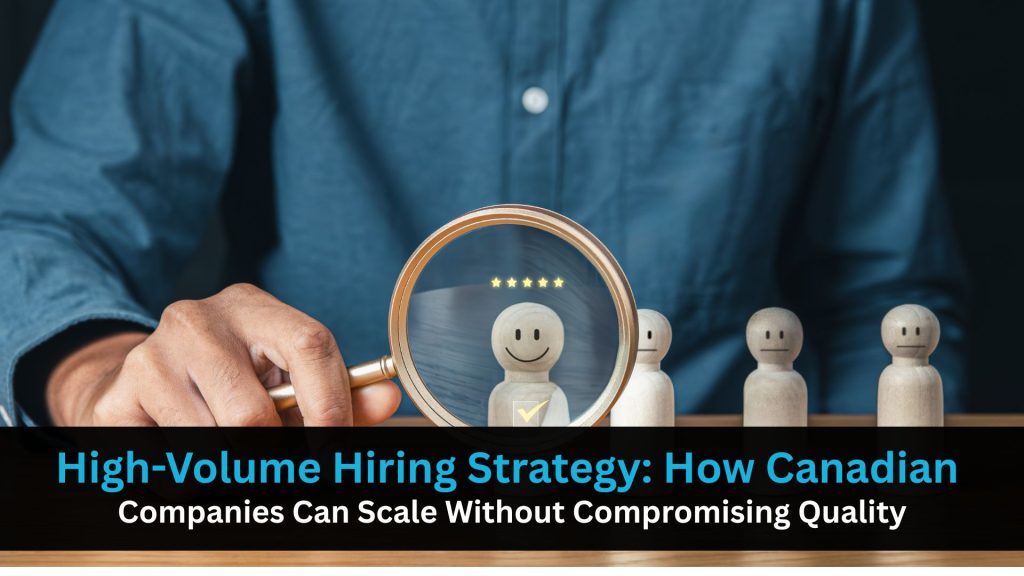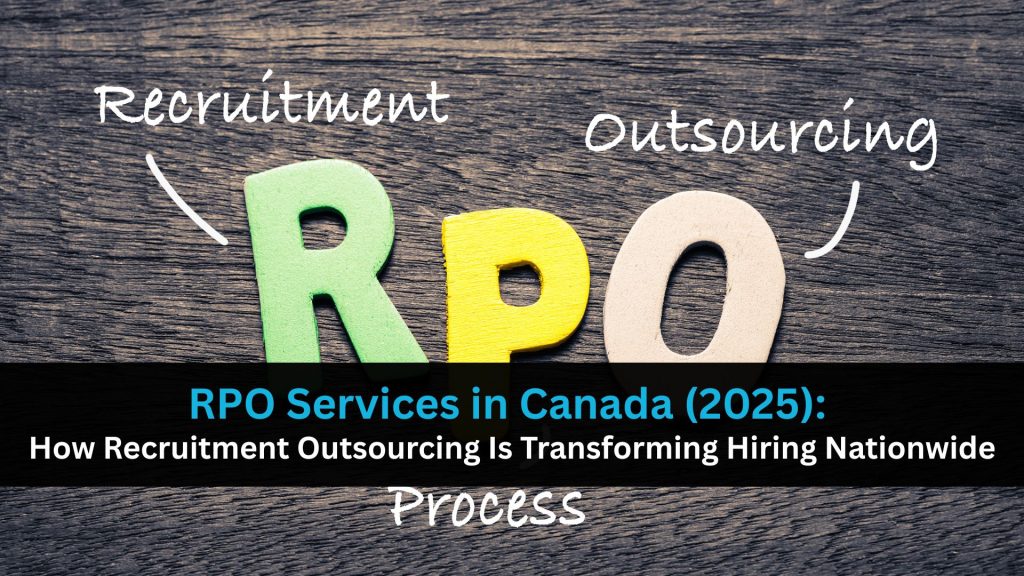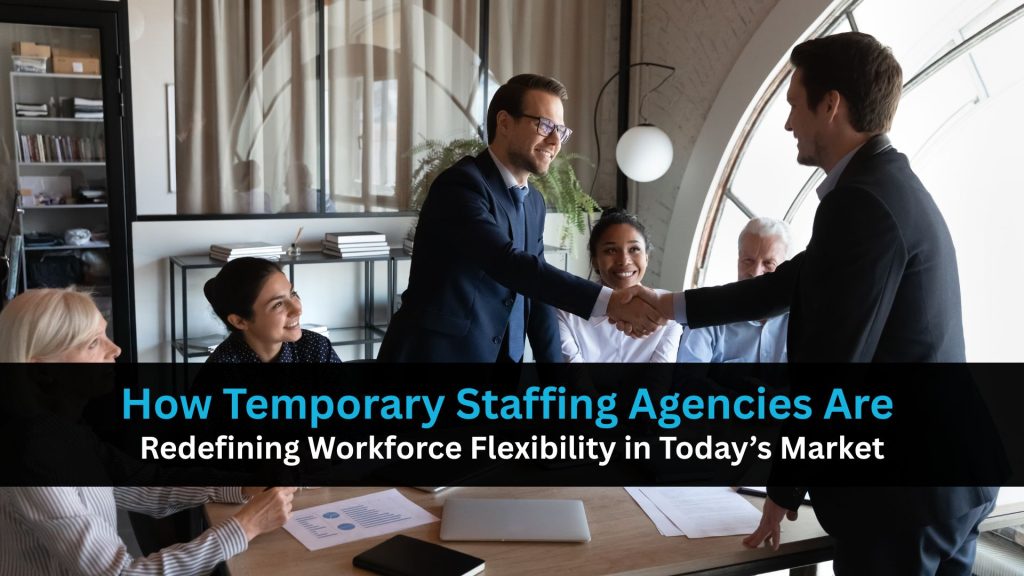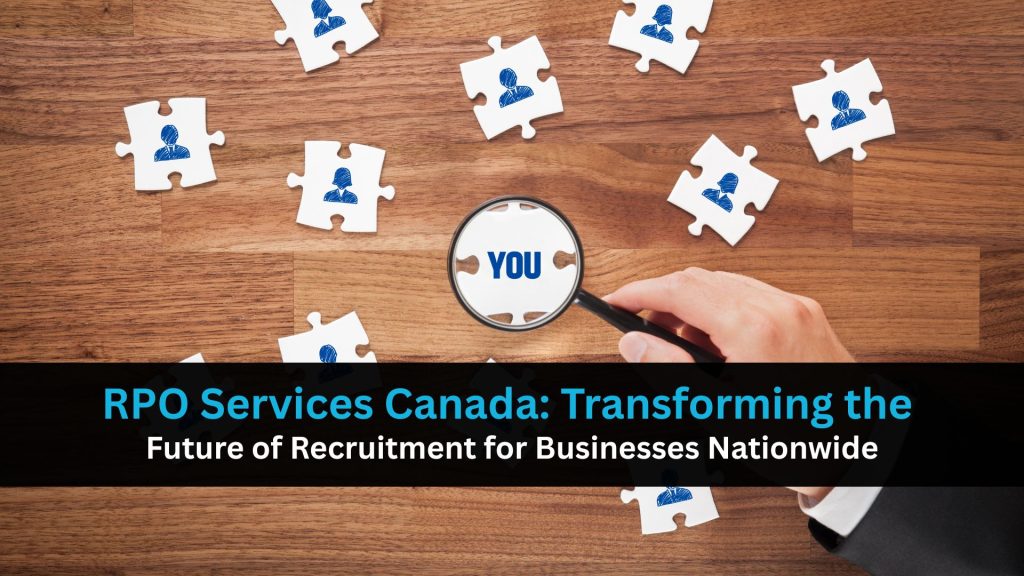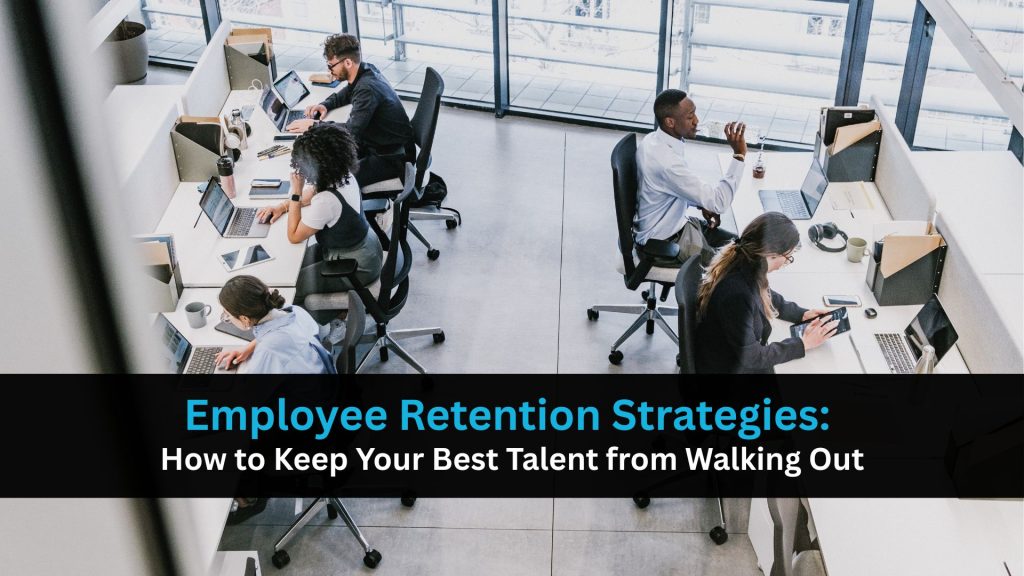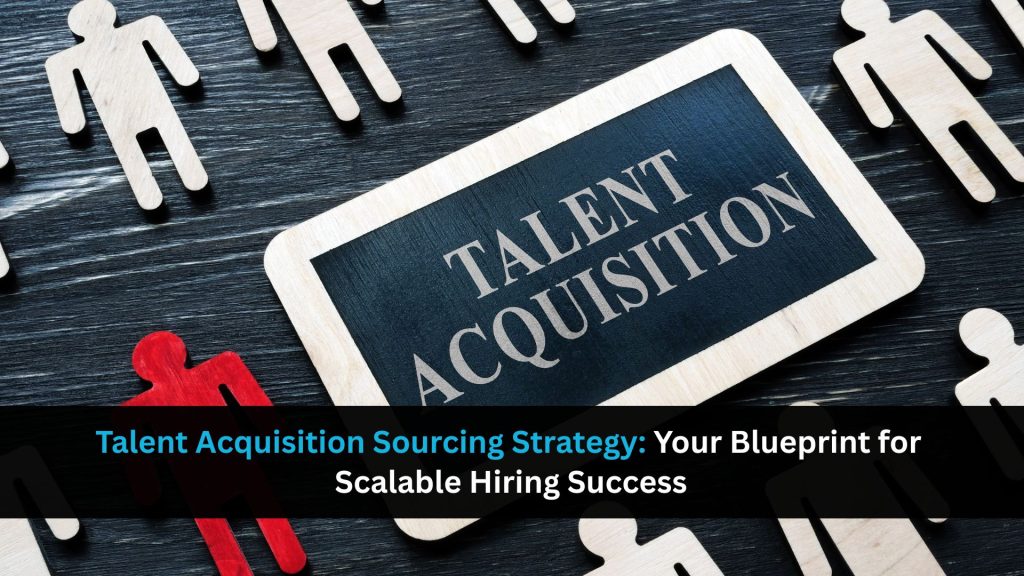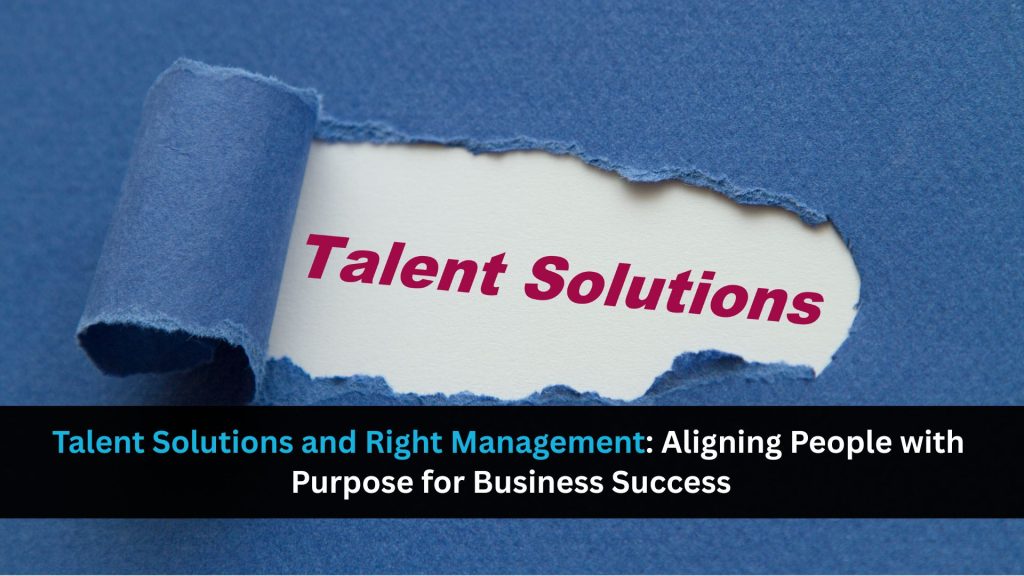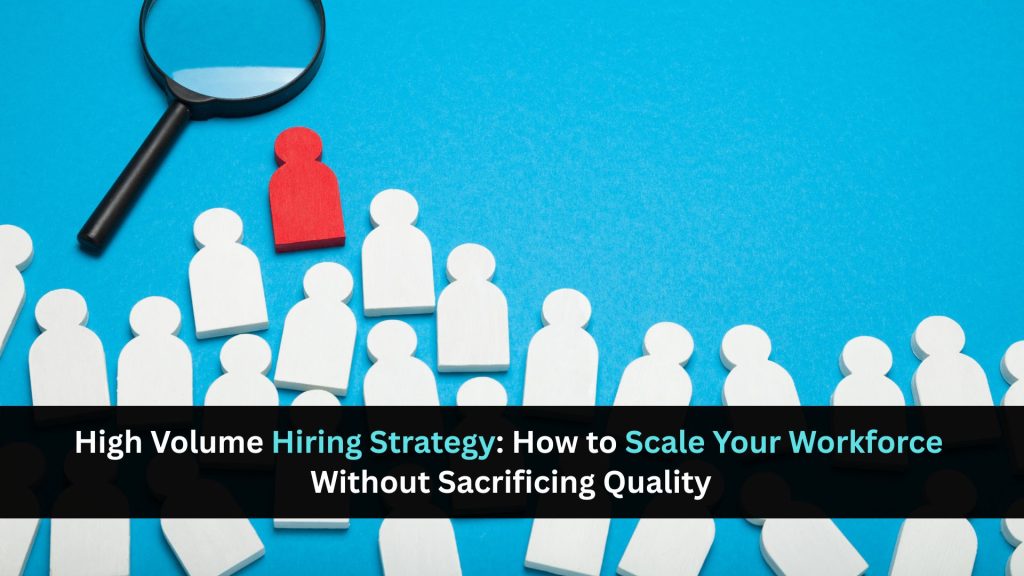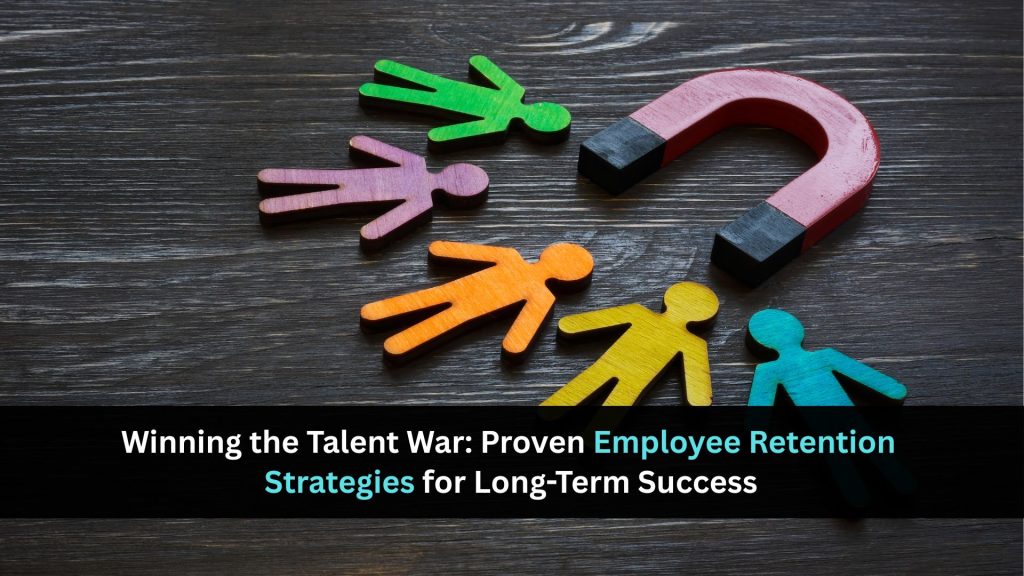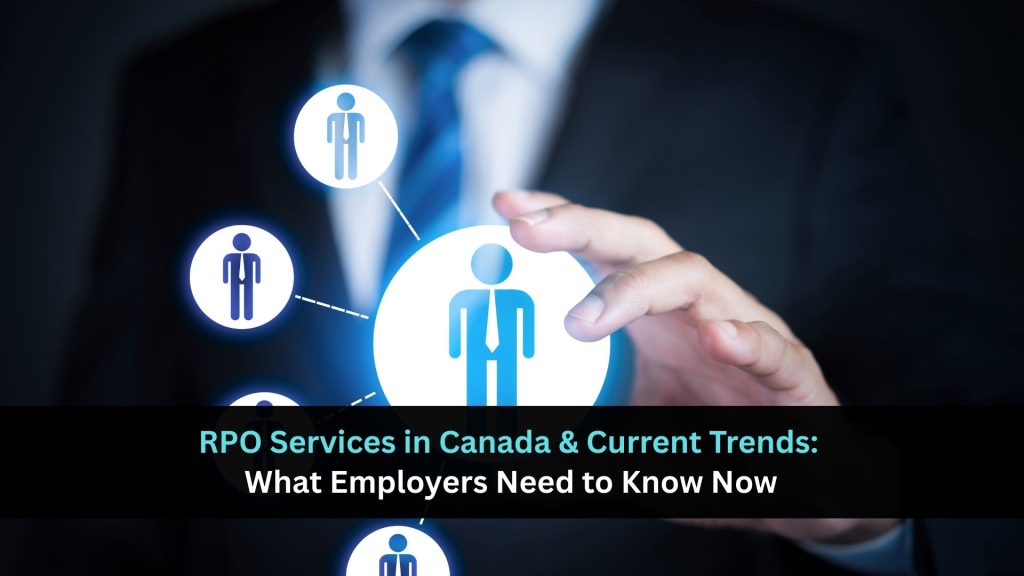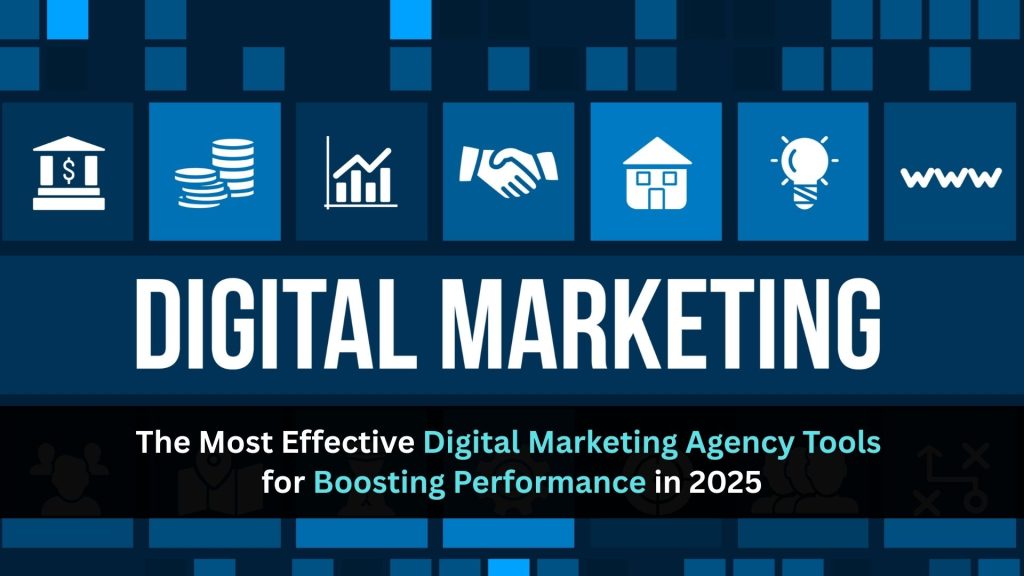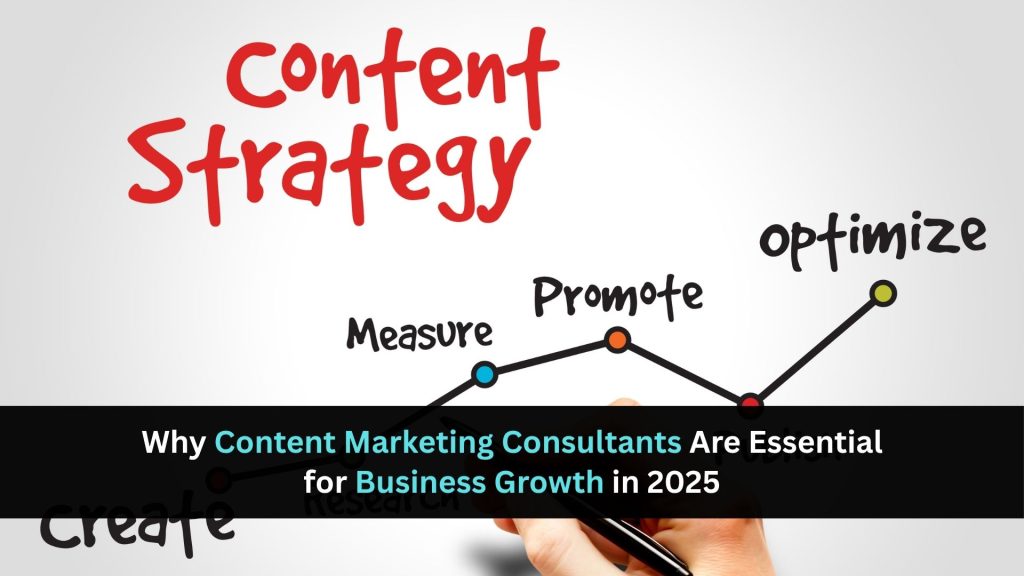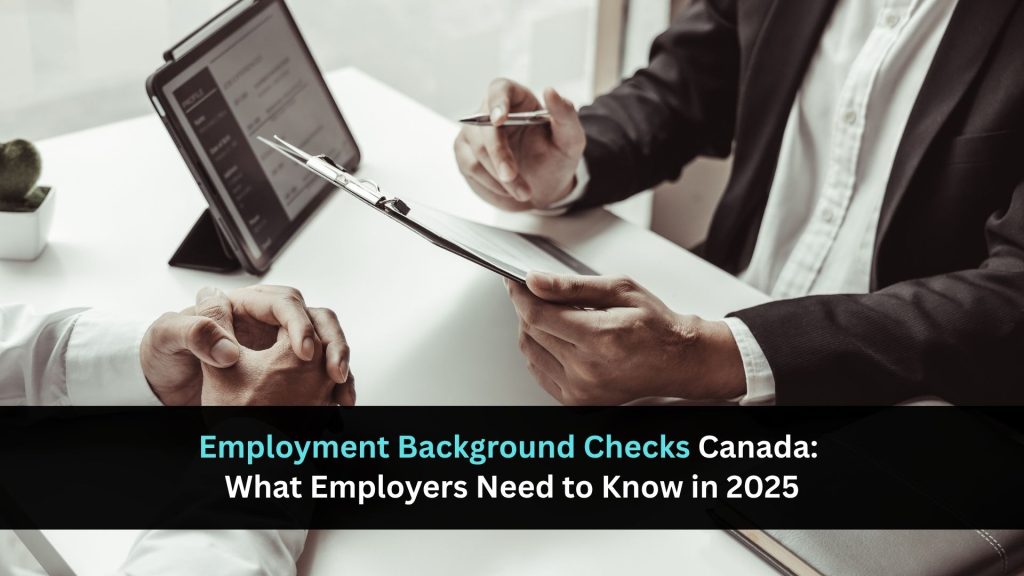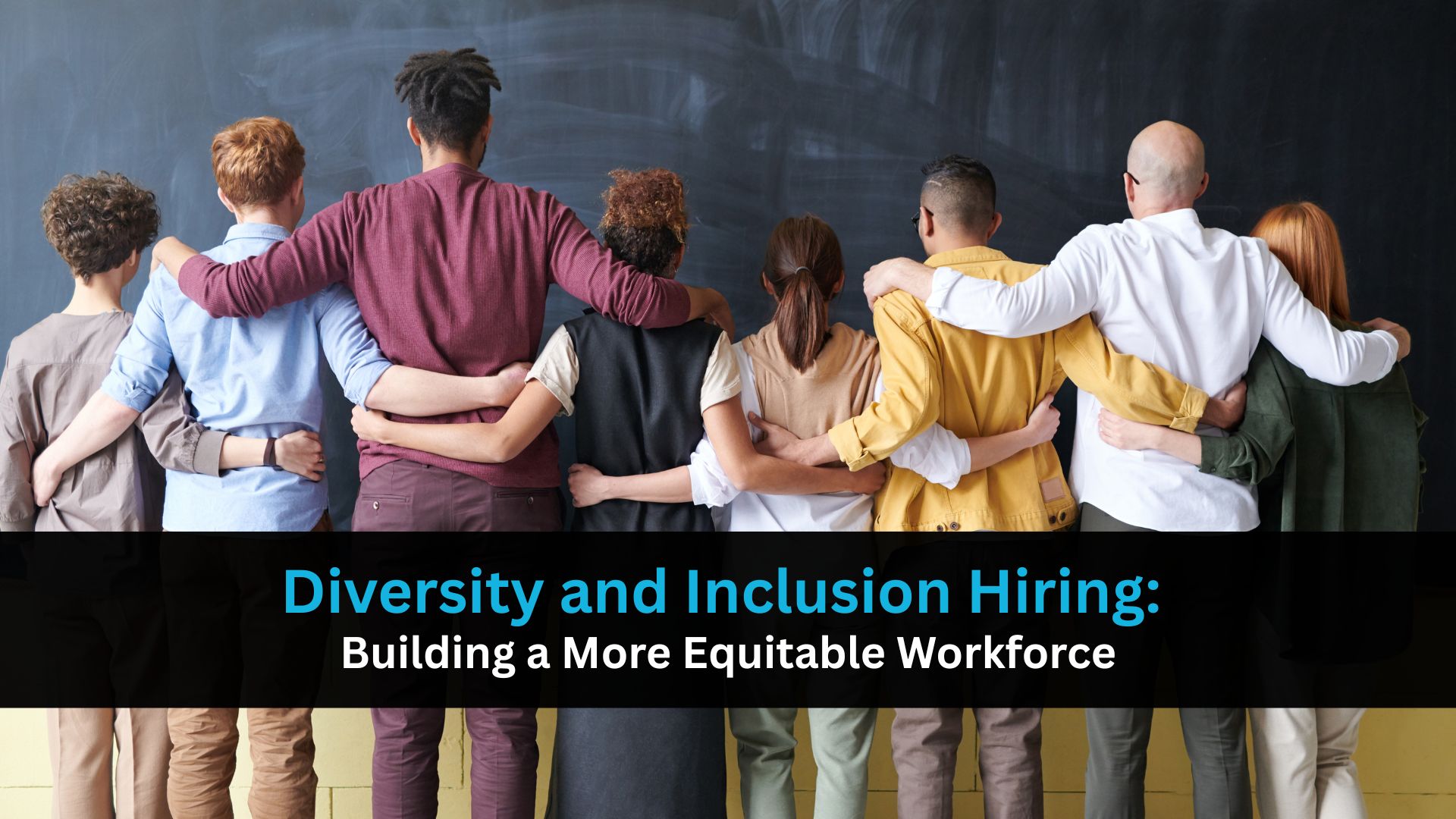
Table of Contents
ToggleDiversity and Inclusion Hiring: Building a More Equitable Workforce
What Does Inclusive Hiring Really Mean?
Going Beyond Buzzwords
Core Principles of an Inclusive Hiring Strategy
To make diversity and inclusion hiring operational, your strategy must revolve around these pillars:
- Fair access: candidates from varied backgrounds should see themselves in your roles
- Transparency: decisions grounded in criteria, not gut feel
- Accommodation: adjusting for differing needs (e.g. disability, language, culture)
- Continuous review: ensuring your process evolves and corrects bias
These principles help move diversity and inclusion hiring from aspiration to daily practice.
The Business Case for Inclusive Hiring
Measurable Business Benefits
Attracting the New Generation of Talent
RPO providers bring process discipline, scale, and access to networks. When you engage Talent Solutions Toronto / RPO providers, they can build sourcing blueprints for underrepresented talent, embed bias mitigation in screening, and monitor fairness via data.

Key Components of a Diversity and Inclusion Hiring Strategy
Inclusive Job Descriptions & Branding
Structured Interviews & Bias Reduction
Use consistent rubrics, scoring systems, anonymization (where possible), and ensure interview panels are diverse. These guardrails are essential to prevent subjective bias and make diversity and inclusion hiring decisions fairer and more defensible.
Equitable Sourcing Channels
Data-Driven DEI: Metrics That Matter
What to Track and Why
Track:
- Diversity at each funnel stage (applicant, interview, offer)
- Conversion rates by demographic
- Attrition / retention broken down by group
- Engagement / belonging survey scores
When you tie these to diversity and inclusion hiring, you can spot dropout points, bias leaks, and improvement zones.
Continuous Improvement Through Analytics
Mistakes to Avoid in Diversity Hiring
- Treating diversity as checkbox / token hires — creates backlash
- Overburdening underrepresented employees with DEI duties
- Focusing only on hiring and ignoring retention / inclusion
- Blindly using well-intended policies without measuring outcomes
- Ignoring intersectionality — e.g. gender + race + disability
These missteps undermine diversity and inclusion hiring, turning it into PR rather than practice.
How RPO Services Support DEI Goals
RPO providers bring process discipline, scale, and access to networks. When you engage Talent Solutions Toronto / RPO providers, they can build sourcing blueprints for underrepresented talent, embed bias mitigation in screening, and monitor fairness via data. Use RPO to supplement internal capacity without compromising your diversity and inclusion hiring mission.
Also, RPO models help test new sourcing channels, pilot diversity programs, and maintain consistency across multiple business units — helping your inclusive hiring remain accountable, scalable, and sustainable.
Conclusion: A Better Workforce Starts With Better Hiring
FAQ's

